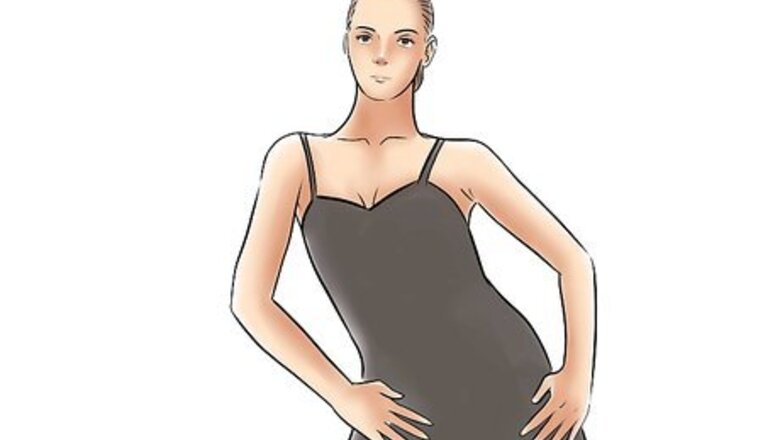
views
The Skills
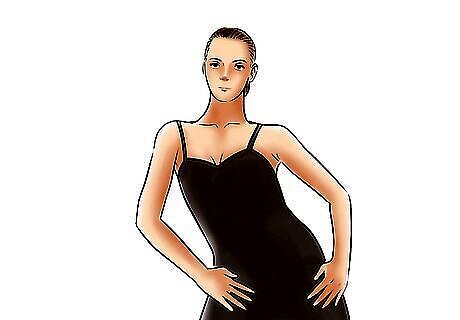
Master isolations. If you've ever taken a dance class, you're probably familiar with isolations. This is when you're moving a part of your body but nothing else -- hence isolating it. It may sound simple, but it's very difficult to move any part of your body without at least minimally affecting another. With the robotic like sounds of dubstep, it's essential. Stand in front of the mirror. Start with your head and neck and move down your body, attempting to rotate each part of you independently. Go counterclockwise and clockwise with every part -- your shoulders, chest, abs, hips, down to your ankles. Work with the smallest bits -- finger, fingers, wrists, forearms -- once you get the hang of it. Nothing else should be moving. When you get the hang of moving in circles, experiment moving up and down. You'll be moving on different planes while isolated for the majority of the time. For example, when moving your arm up and down, you're not using your wrist or elbow. Hold it strong, but move your arm leading with your shoulder; in fact, only your shoulder should be working.

Learn how to "pop" with your abs. There are many helpful YouTube tutorials that take you through this process. Basically, you are moving your abs outwards and back in at a fast paced rate or to the beat of the music. With dubstep, that's pretty quickly. Think of your body like a clam shell that's opening and closing. Your top and bottom halves should be coming in to meet at the middle. Practice this until you have it down, as it forms many of the basic moves to dubstep.
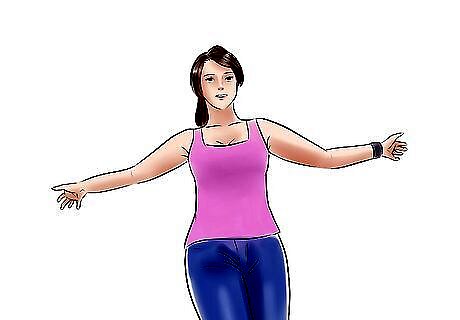
Balance. You'll be doing a lot of work in slow motion. This means that the majority of the time your weight will not be evenly spread on both legs. And because of the smooth flow of the slow-mo parts and the choppiness of the glitchy parts, there is no wavering in dubstep. There will be times when you're on your toes or the sides of your feet. Start practicing now! Yoga will help, too.
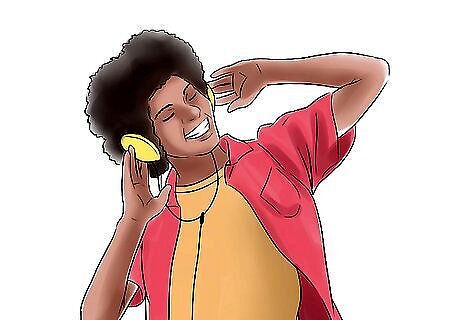
Hear the rhythm. Unlike something classic like the waltz (a simple 1, 2, 3, 1, 2, 3), dubstep goes very fast; often you'll be hitting 1/8 notes and the likes thereof. If you can't hear it, you can't dance to it. Find a song you want to dance to and start drumming it. When you can hit all the filler notes (the small ones aside from the 1, 2, 3, 4) with your hands, you can start doing it with your body.
The Moves
Vibrate. In almost all dubstep songs, there is a sub-base (where the music itself seems to vibrate) -- the music changes from accenting 1, 2, 3, 4 to 1 and a 2 and a 3 and a 4 quite clearly. When you hear this, it's appropriate vibrating time. Bend your knees into a slight squatting position. Release them back up mostly, so that you are moving your body slightly up and down. You're basically shaking with conviction ever so slightly. Do this quickly and subtly. You want to minimize your movement but increase your speed as to have your body sort of vibrate, not jerk around. Do it even lighter with your arms and hands. If your appendages move too much, you'll look like a T-rex running from a meteor.
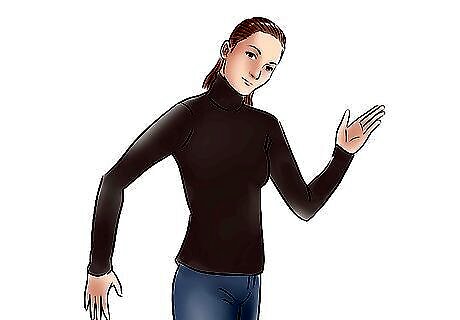
Stop. Dubstep music goes from very fast and choppy to slow and smooth. When you're transitioning, hit a split second dead stop. You'll be doing your robot thang, BAM, and into your slow-motion groove. The stop should be barely perceptible -- in fact, only you should know you hit it -- but it will accentuate the transition. This will generally always be on the downbeat. There will be a very clear point where your fast movements die and slow motion should take over. Which brings us to...
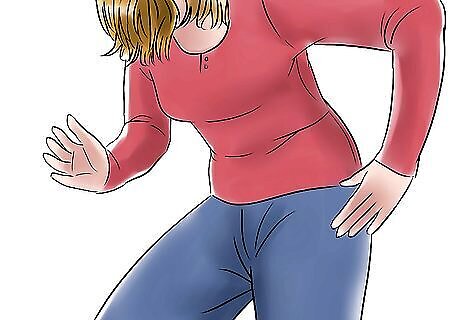
Be convincing in slow motion. Everyone can move slowly. Most of us do. But in order to do slow motion and look like you're actually in slow motion, you have to stay alert to every part of your body. Your eyes must blink slower, your feet must hit the ground at slower angles, and you even have to swallow slower. It's easy to get your core down, but following through with your feet will probably be the hardest part. Once the tip hits the ground, it's tempting to put all your weight down. Ultimately, this is a balance issue that you will get better at with time.
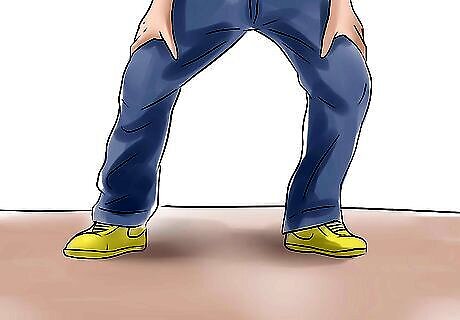
Get twitchy. A common sound in dubstep sounds, quite frankly, glitchy. It's akin to a broken record or a scratched CD when a certain beat is repeated over and over. When that happens, small twitches go from normal, everyday movements, to quite visually interesting shifts. Start with just your head. Twitch it back and forth along with the music. It should just be 4 or so head shakes -- it doesn't last long. Work on different levels. Bending at the knees, take your body down a bit on each beat, being careful not to move your arms or neck/head. You're not only working left and right, but vertically. Isolate your arms. On each beat of the "twitch" move your arm/s independently from your body. The rest of you should not be moving. Make sure to hit every beat of the glitch!
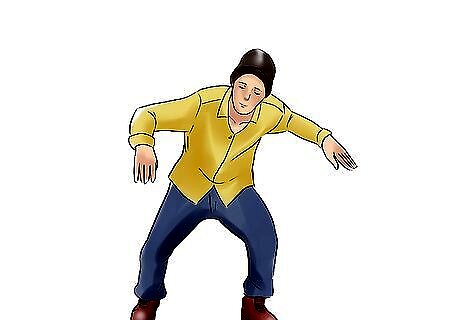
Glide. You know the move -- it looks almost ethereal. You're going to pivot onto your toe and lean all of your weight onto it. Remember how we talked about balance? This is precisely why. The knee above your pivoted foot should be bent. Then, slide the other foot away from you. This foot should never come off the ground. It is literally sliding. If you can't slide, change shoes. Always, always, always have one foot with a pointed toe and one foot on the ground. Switch. Your flat foot should take up a mirrored pivoted, heel up position and your other foot should be put flat on the ground, turning in. Take this foot and slide it in toward you. Repeat. That's really all it is! Remember: the knee is bent on the heel that is popped. One heel is always popped, so one knee is too.
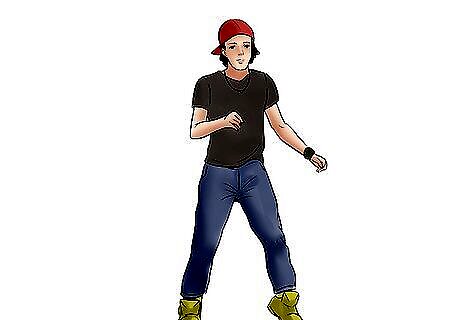
Do the wave. Bet you never thought that would be popular again, huh? There are two basic waves: the arm wave and the body wave. Both of these are heavy on the isolation skills. Let's start with the arm wave: For the arm wave, hold one arm out. Throw your hand down, followed by bending your elbow up. If it has to be said again, isolations. Then, shrug the nearest shoulder, momentarily followed by expanding your chest. Repeat along the other arm, starting from the shoulder. For the body wave, imagine pulling a bar through your chest. Your shoulders should roll back and your chest should stick out, starting the wave movement. The further your chest is out, the better. Then, pull the bar down, shrinking your chest back and your stomach out. What's next? The same thing -- pull that bar down a bit more, pulling your stomach in and your hips out. To end it, pop into a sitting position. Not moving your core (isolations!), pop out your knees (on your tiptoes), fold them in, and center your weight. When you master this wave going down, take it back up in the reverse.



















Comments
0 comment